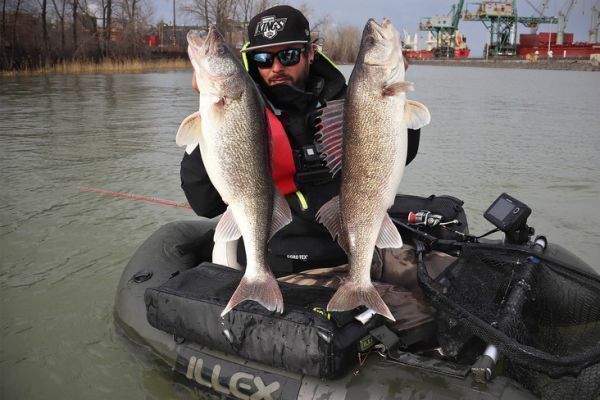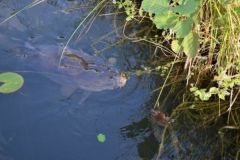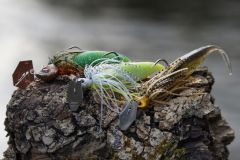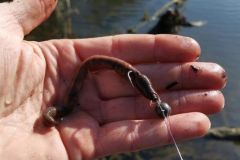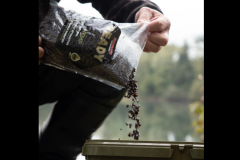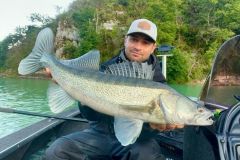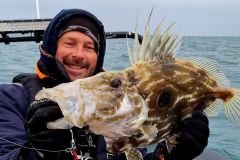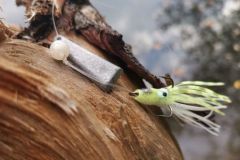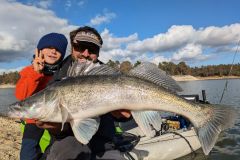Still
In vertical fishing, one of the most commonly used animations, or rather non-animations, is to keep the lure motionless as close as possible to the bottom, and only play with the boat's forward speed. You can also use a light waddle from time to time to energize the lure.

This technique is indeed one of the best, and it's a good thing to start this way. However, don't hesitate to try something else if you see that you're missing fish and they don't react.
Raised from the bottom
When fishing off the bottom, we keep the same animation as in the previous point. The difference is that, instead of moving the lure a few centimetres off the bottom, we lift it about 60 centimetres to 2 metres off the bottom.
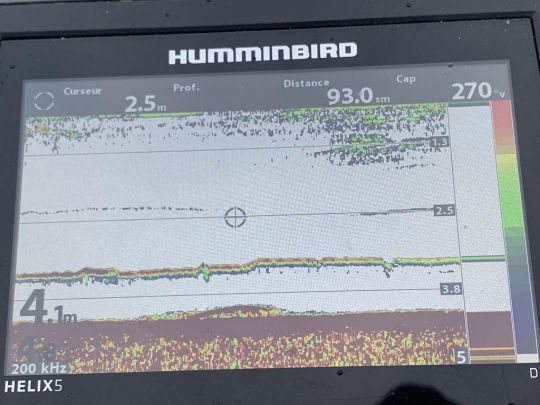
This way of fishing is very practical, as you can see the fish moving from the bottom to the lure. This gives you the information whether you're prospecting an area where there are fish or not, and allows you to quickly test different things to trigger bites.
Rapid ascent
Another practice, not very widespread in France but very common in North America, is to raise the lure from 80 centimetres to 1 metre very quickly, then let it drop back down.
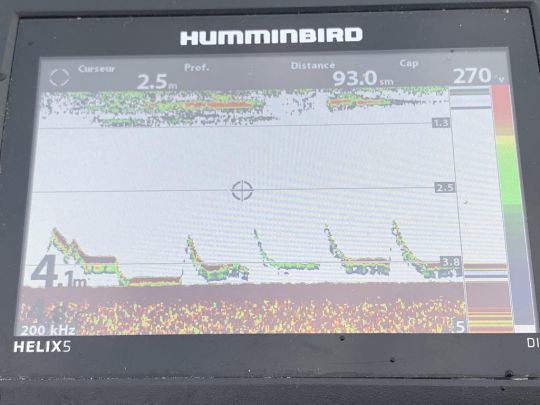
Bringing the lure up quickly triggers reflex attacks, and this is something you shouldn't hesitate to do when other animations don't work. This is often done at the very beginning of the acceleration.
More than once, on complicated days, it's this animation that has enabled me to catch fish, even if at first glance it doesn't seem natural.
Speed
Finally, feed speed is another point that clearly matters. From what I've seen, fishing in France is generally very slow, whereas in Holland it's quite the opposite, even though we're targeting the same species: pike-perch.
You need to vary the speed of your lure to match the mood of the fish, but leave aside preconceived ideas such as: when the water is cold, you need to move your lure slowly because the fish are less active. You may be surprised at the opposite.
In the end, there's no one miracle animation that's guaranteed to catch fish, and you have to dare to step out of your comfort zone to try something else, or even invent new animations.
What's also important is not to focus on the lure or the sinker when you can't find the fish. Instead, explore other variables, such as the lure's animation, swimming depth or speed, because these are the things that can trigger everything!
